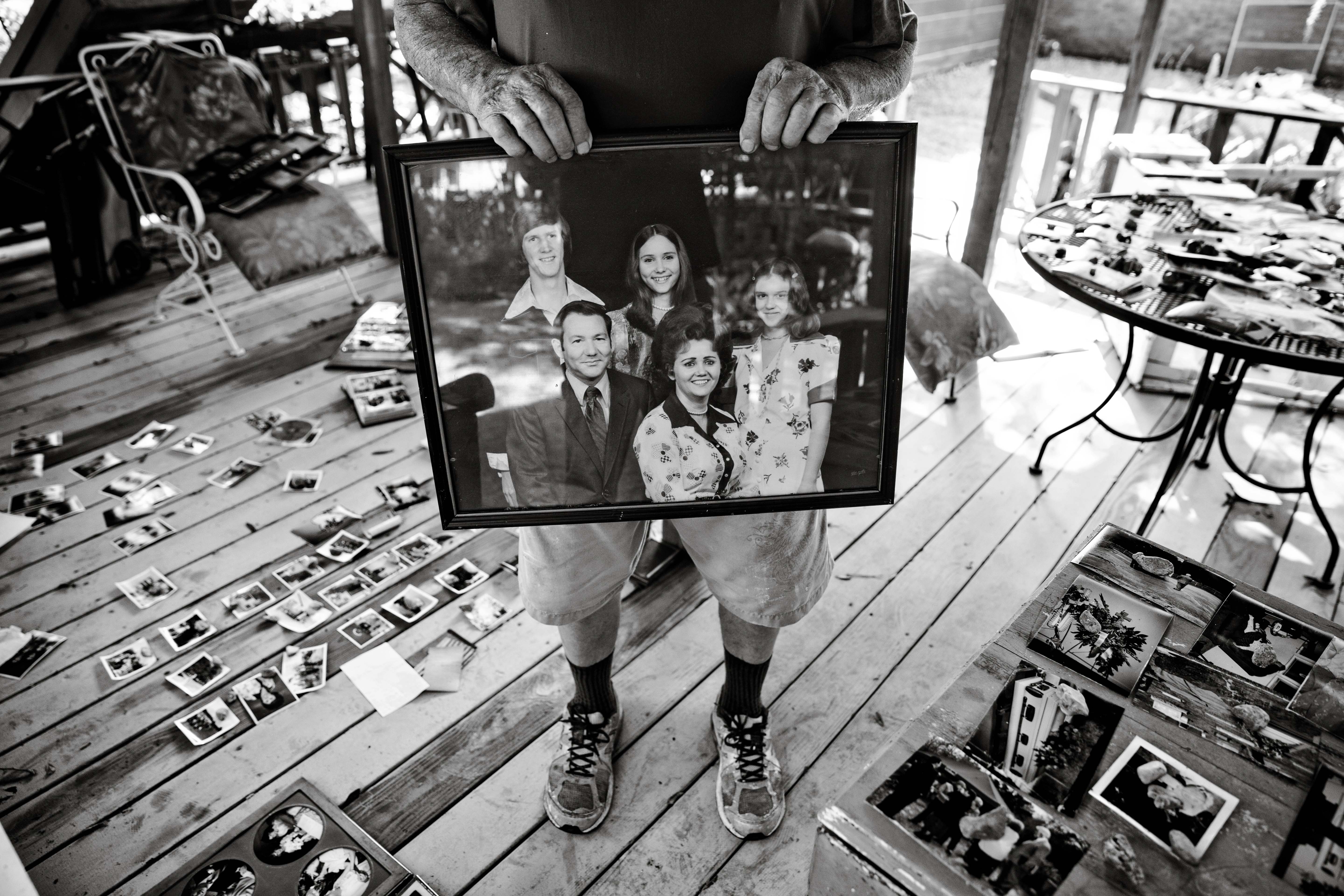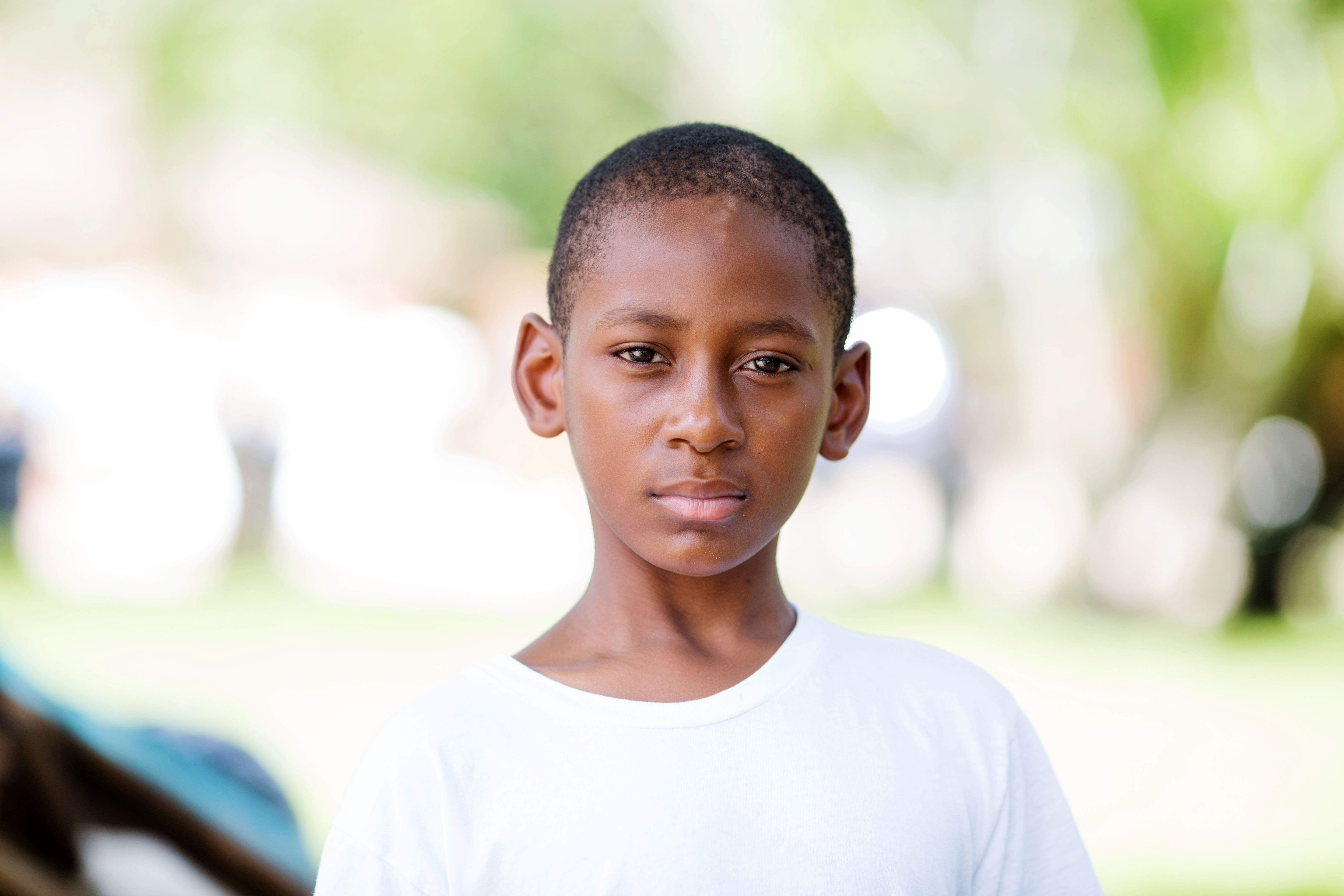
Louisiana Art & Science Museum Photography Exhibition Tells Stories of 2016 Baton Rouge Flood
 Content provided by our sponsor: Louisiana Art & Science Museum.
Content provided by our sponsor: Louisiana Art & Science Museum.
Days after the August 2016 flood devastated much of the Baton Rouge region, photographer Collin Richie set out to some of the hardest-hit areas to document the volunteer boaters who had been rescuing hundreds of people stranded by the historic floodwaters.
Richie quickly discovered that most of the floodwaters had receded and the rescue efforts were winding down — but he also realized that the human saga of the worst natural disaster to strike the United States since Hurricane Sandy was just beginning. “I noticed that there were a ton of stories out there,” he says.
|
|
Richie and other local photographers started documenting the stories of heartbreak and resilience that emerged from flood-ravaged homes, churches and businesses throughout the region. A selection of 50 of those photos and stories are on display in the Louisiana Art & Science Museum’s major summer exhibition “Faces of the Flood,” which runs through Sept. 3.

The exhibition features portraits and related video footage as well as narrative accounts about the personal experiences of flood victims depicted in the images. While all the photographs document devastation, many depict recovery in process.
“We want people to realize what we went through and how far we’ve come, but more importantly to have an understanding of how resilient we are,” says Elizabeth Weinstein, the museum’s director of interpretation for art and museum curator.
Stories of Resilience
Richie says he started out photographing flood-hit areas as an assignment for local magazine InRegister. The other local photographers — Frank McMains, David Morris, Dan Jones and Kristin Basilica — joined the effort after Richie started posting some of his shots on social media.

Richie says nearly all the people the photographers encountered were willing to share their stories. “I was impressed by what people can spin positively in their lives,” he says. “No matter what the tragedy was, they were taking something positive out of it. I was also surprised by some of the humor people found in the situation — just the way people make the best of everything.”
Jones, a videographer whose Sherwood Forest home was flooded, set out with Richie to document the flood stories in hopes of raising awareness about the disaster and garnering more help for victims.
“It was great, honestly,” Jones says. “When you’re in the middle of that it’s easy to be consumed with what you’re going through. But seeing what these other folks were dealing with, many of them with much worse conditions, it helps you be less selfish.”
‘Real Catharsis’
When the exhibition opened in June, the photos provoked emotional reactions from victims of the flood, many of whom are still struggling to recover.
“When we had the opening it really affected me to see some of the subjects we photographed crying,” Richie says. “I felt terrible, but then people explained to me that it’s good to see where we were and remember how far we’ve come now.”

Weinstein says the photos have drawn visitors from across the Baton Rouge community and beyond. She says the exhibition offers a small way for the community to take stock of a traumatic event and the progress that has been made since. “It’s been a real catharsis for a number of people,” she says. “We’ve had people cry. It’s a hard subject matter for some visitors because it’s still a tender time, but the overarching response we’ve been getting is that we’ve provided an avenue for them to express how they feel and to know that they’re not alone. So many other people have gone through the same experience.”
Interactive Element
To encourage community dialogue, images taken by the public during and following the flood are being collected and displayed on a monitor in the gallery. There is also an area within the exhibition where the public can post thank-you notes honoring those who offered assistance after the flood. “We felt like the Baton Rouge community reached out to each other, and that’s something that we wanted to make sure was pointed out in the exhibition,” Weinstein says.

The interactive element is part of the museum’s focus on the human narratives that emerged from the disaster — stories that Richie says deserve to be told. “It’s not about our photographs, but more about the people in them,” he says. “As photographers, we get access to some of the worst and best moments of people’s lives. It’s humbling that they allowed us to do that.”
This program is presented by BASF, 225 Magazine and InRegister. It’s also made possible in part by a Local Project Assistance Grant from the Arts Council of Greater Baton Rouge, funded by the East Baton Rouge Parish Mayor-President and Metro Council.
|
|
|
